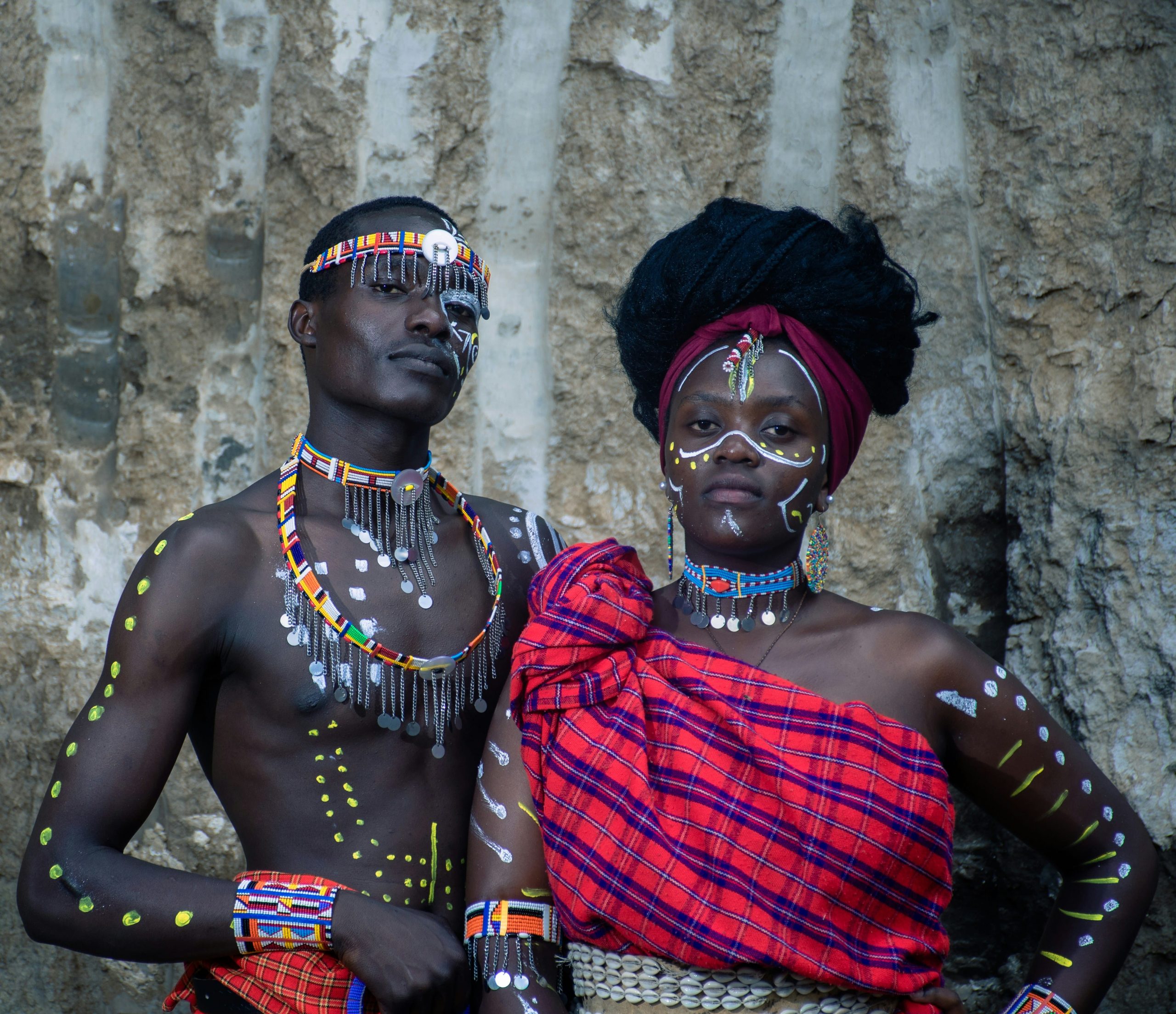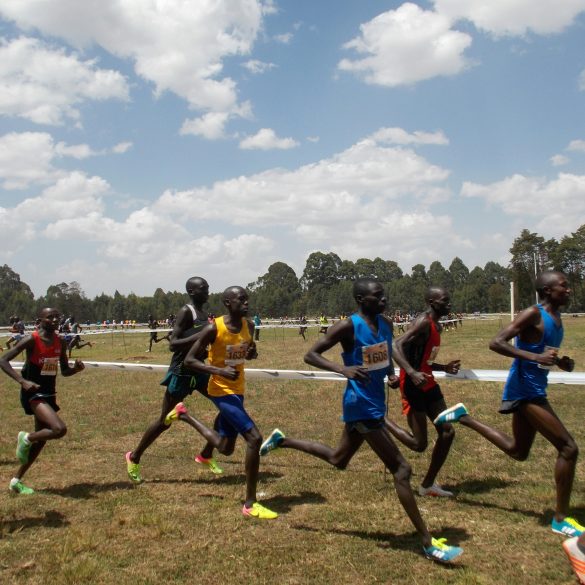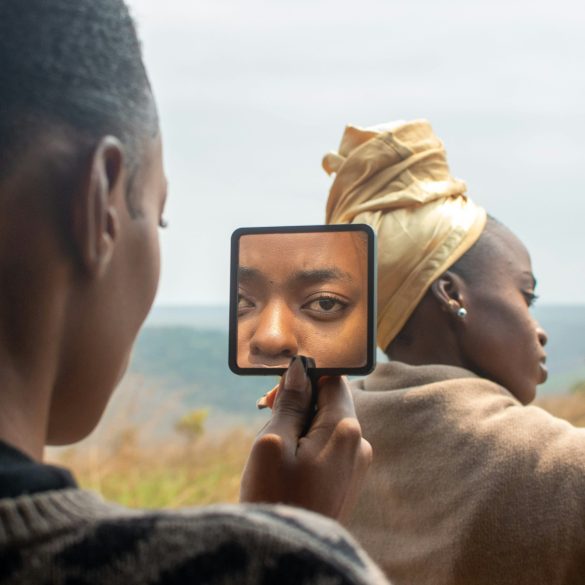Inside a Traditional Tanzanian Wedding: Sacred Rituals That Bind Communities
Having spent considerable time documenting East African cultural practices, I’ve witnessed firsthand how traditional Tanzanian weddings serve as profound celebrations that extend far beyond the union of two individuals. These ceremonies—honestly, they’re some of the most moving cultural experiences I’ve encountered—represent the binding of entire communities, the preservation of ancestral wisdom, and the continuation of practices that have shaped Tanzanian society for generations.
What strikes me most about traditional Tanzanian weddings is their incredible diversity. With over 120 distinct ethnic groups1, Tanzania offers a rich tapestry of wedding customs that vary dramatically from the Maasai pastoralists of the northern plains to the Swahili coastal communities. Each ceremony tells a unique story while maintaining common threads of respect, community involvement, and spiritual significance.
Tanzania Cultural Diversity
Tanzania is home to more than 120 distinct ethnic groups, making it one of Africa’s most culturally diverse nations. This diversity creates a fascinating array of wedding traditions, with each community contributing unique customs while sharing common values of family unity and community celebration.
The Foundation: Pre-Wedding Preparations and Family Negotiations
Let me be completely honest—the actual wedding ceremony represents just the tip of the iceberg in traditional Tanzanian culture. The preparation process, which can extend for months or even years, involves intricate family negotiations, cultural education, and community preparation that I find absolutely fascinating from an anthropological perspective.
The bride price negotiation, known as “mahari” in many Tanzanian communities, isn’t simply a transaction—it’s a complex social ritual that establishes relationships between families2. During my research with Sukuma families in the Lake Victoria region, I observed how these negotiations involve extended discussions about family histories, mutual respect demonstrations, and the establishment of ongoing support systems.
What really gets me excited about this process is how it serves multiple educational functions. Young women participate in “fungate” or similar preparatory ceremonies where elder women share knowledge about marriage, family responsibilities, and cultural expectations. These aren’t outdated practices—they’re sophisticated systems for cultural transmission that have evolved to address contemporary challenges while maintaining core values.
Sacred Ceremony Day: Where Spirituality Meets Community Celebration
The actual wedding day—honestly, this is where traditional Tanzanian culture really shows its sophistication—typically begins well before dawn with purification rituals and ancestral blessings. I’ve been privileged to witness these ceremonies among different communities, and each time I’m struck by the profound spiritual significance underlying every action.
In many traditional ceremonies, the bride undergoes elaborate preparation involving ceremonial bathing, application of traditional henna designs (particularly in coastal Swahili communities), and the donning of ancestral jewelry passed down through generations3. What fascinates me most is how these preparations aren’t merely cosmetic—they’re spiritual transformations marking the bride’s transition from one life stage to another.
| Ceremony Element | Cultural Significance | Community Role | Duration |
|---|---|---|---|
| Ancestral Blessing | Spiritual protection and guidance | Elders lead invocations | 30-60 minutes |
| Traditional Dancing | Community joy and cultural expression | All ages participate | 2-4 hours |
| Gift Exchange | Family unity and mutual support | Extended family networks | 1-2 hours |
| Feast Preparation | Community collaboration and hospitality | Women’s cooking groups | All day process |
The music and dancing—my goodness, this is where these ceremonies truly come alive. Traditional ngoma drumming creates rhythms that seem to connect directly with the heartbeat of the community4. I remember attending a Haya wedding near Bukoba where the drumming started at sunrise and continued until the following dawn, with different rhythm patterns marking various ceremonial phases.
Essential Ceremonial Elements
- Sacred fire lighting symbolizing new household establishment
- Water blessing ceremonies representing purification and fertility
- Traditional food sharing demonstrating community acceptance
- Ancestral cloth wrapping signifying protection and continuity
What really moves me about these ceremonies is their inclusive nature. Unlike Western weddings that often focus primarily on the couple, traditional Tanzanian weddings actively involve multiple generations, creating spaces where elders share wisdom, children learn cultural practices, and the entire community reaffirms their social bonds. It’s honestly quite beautiful to witness.
The gift-giving traditions deserve special mention because they operate on principles that go far beyond material exchange. Families present items with deep symbolic meaning—cattle representing prosperity, handwoven textiles symbolizing skill and patience, carved wooden items connecting the couple to ancestral craftsmanship5. Each gift comes with stories, blessings, and expectations that create ongoing relationships between the couple and their community.

Diverse Tribal Traditions: A Mosaic of Cultural Practices
Here’s where things get really interesting—and honestly, this is what initially drew me to study Tanzanian wedding customs. The incredible diversity between different ethnic groups creates a fascinating mosaic of traditions, each reflecting unique historical experiences, environmental adaptations, and social structures.
Among the Maasai communities I’ve worked with, wedding ceremonies emphasize the warrior traditions and pastoral lifestyle that define their culture. The bride’s journey to her new home involves elaborate processions with cattle, singing that can be heard across the savanna, and jumping ceremonies that demonstrate the groom’s strength and vitality6. What strikes me most is how these ceremonies reinforce the Maasai connection to their landscape and livestock-based economy.
The Chagga people, living on the slopes of Mount Kilimanjaro, have developed wedding traditions that reflect their agricultural lifestyle and complex clan systems. Their “ndune” ceremonies involve elaborate banana beer brewing, specific ritual foods prepared from highland crops, and ceremonial exchanges that strengthen relationships between mountain communities7. I’m consistently amazed by how these ceremonies adapt to their unique environment while maintaining spiritual significance.
Coastal Swahili weddings—now these incorporate influences from Arab, Persian, and Indian Ocean trading traditions that honestly create some of the most visually stunning ceremonies I’ve encountered. The use of ornate jewelry, intricate henna designs, traditional taarab music, and architectural elements like decorated doorways reflects centuries of cultural exchange8. But what really gets me is how these communities have maintained their distinctive Swahili identity while incorporating diverse influences.
- Preparation phase involving family negotiations and cultural education
- Purification ceremonies connecting the couple to ancestral spirits
- Community celebration with traditional music, dance, and feasting
- Integration rituals establishing the couple’s new social position
- Post-wedding ceremonies ensuring ongoing family and community support
The Sukuma people, Tanzania’s largest ethnic group, have wedding traditions that emphasize agricultural cycles and seasonal celebrations. Their ceremonies often coincide with harvest festivals, incorporating thanksgiving elements and community-wide celebrations that can last for several days9. Having attended these celebrations, I can say they create incredible sense of community unity and shared purpose.
Contemporary Celebrations: Balancing Tradition with Modern Life
This is where contemporary Tanzanian weddings become particularly fascinating—and honestly, sometimes challenging to navigate. Modern couples face the complex task of honoring traditional customs while adapting to contemporary realities including urbanization, education, economic changes, and globalization pressures.
Many urban Tanzanian couples now incorporate both traditional and modern elements, creating hybrid ceremonies that respect ancestral customs while reflecting contemporary values10. I’ve observed weddings that begin with traditional tribal ceremonies in rural family compounds and conclude with modern receptions in city hotels. The creativity involved in bridging these different worlds is honestly quite impressive.
What really excites me about contemporary adaptations is how young Tanzanians are finding innovative ways to preserve cultural knowledge while making traditions relevant to modern life. Digital documentation projects, cultural education programs, and intergenerational dialogue initiatives are helping ensure these beautiful customs continue to evolve rather than disappear11.
Modern Preservation Strategies
Contemporary Tanzanian couples are developing creative approaches to maintain traditional wedding customs while adapting to modern circumstances. These include shortened ceremony formats for working schedules, digital documentation for diaspora family participation, and educational components that teach younger generations about cultural significance.
The economic aspects have also evolved significantly. While traditional bride price negotiations continue, many families now frame these exchanges as mutual support systems rather than transactional arrangements12. This evolution reflects changing gender roles and economic opportunities while maintaining the cultural importance of family involvement in marriage decisions.
Looking ahead, I’m genuinely optimistic about the future of traditional Tanzanian wedding customs. The younger generation I’ve worked with shows remarkable commitment to cultural preservation while bringing fresh perspectives on equality, sustainability, and community building. These ceremonies will continue evolving, but their core values of community unity, respect for elders, and celebration of life transitions seem destined to endure.
Traditional Tanzanian weddings represent far more than cultural curiosities—they’re sophisticated social systems that create community bonds, transmit cultural knowledge, and celebrate human relationships in profound ways. As we face increasing globalization, these ceremonies offer valuable insights into alternative approaches to marriage, family, and community that honestly have much to teach the broader world.
The beauty of these traditions lies not in their rigid adherence to the past, but in their capacity to adapt while maintaining core values. Each ceremony I’ve witnessed has reinforced my belief that cultural preservation requires both respect for ancestral wisdom and willingness to evolve with changing circumstances. That balance—that’s what makes traditional Tanzanian weddings so remarkably resilient and continuously meaningful.
References and Sources



